DesignStudio vs DixonBaxi: A talk about the collaborative process of creating the new Premier League brand and graphic system.
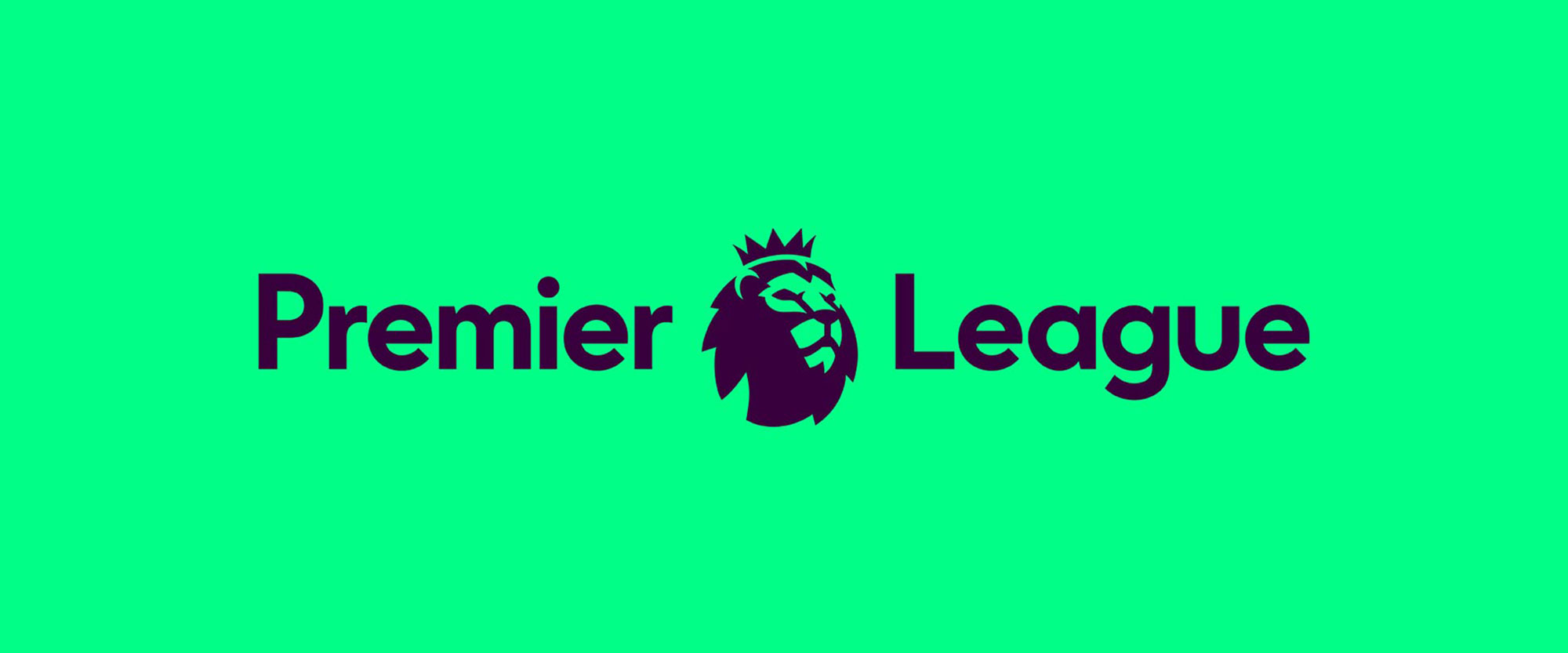
Last Thursday, the team took a field trip across the bridge to attend Thread, a creative meet-up with top notch speakers. Every Thread event we’ve been to has been more than worthwhile, but this one in particular really got me excited because it was heavily focussed on football—design and football is the dream combination for me.
The two speakers were Ben Wright, the co-founder and COO of DesignStudio and Daniel Capstick, the Creative Director of DixonBaxi. These two agencies collaborated to create and bring to life the new Premier League brand. DesignStudio were responsible for the branding, whilst DixonBaxi took the brand and created a graphic language that worked across everything from television show opening titles to the match day graphics and animations.

The clever people behind Thread always do things well and this event was no different. With the theme being the Premier League, they went all out to create a real match day feel to proceedings. Even the tickets themselves were based on the classic football ticket design, then on entering the event everyone was greeted by a charismatic scarf salesman, named Richard Nutter. He was on a real mission to sell every single person in attendance a Thread scarf, and I don’t think he was too far off. We bought five. So before long, we were all standing around drinking beer, eating hotdogs and counting down the minutes until kick off. I mean until the talks started.
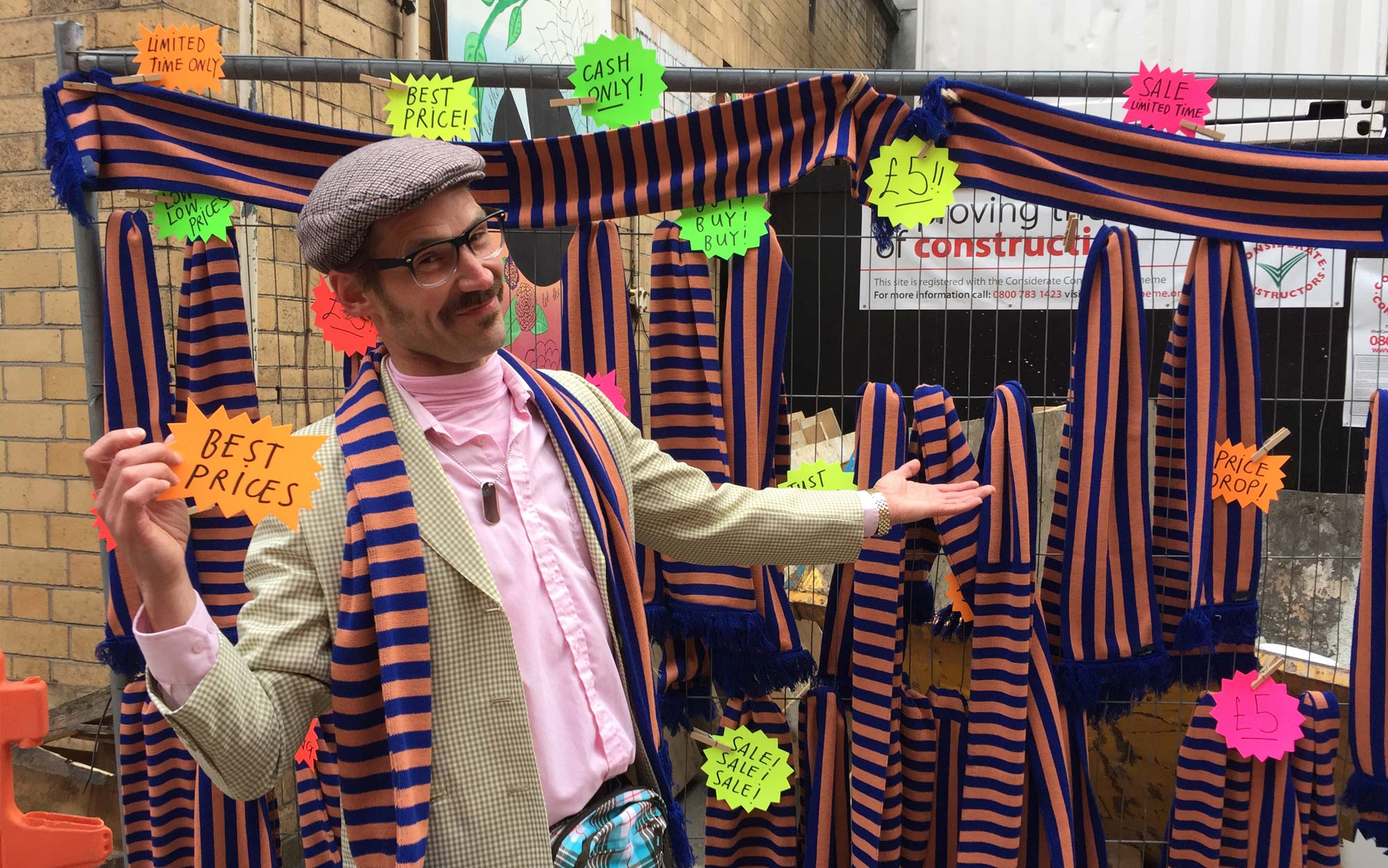
First up, DesignStudio.
Now these worked on the branding for airbnb, deliveroo and Treatwell to name a few. It’s safe to say we were very interested to hear about their creative process and the challenges they've faced as an agency. It was clear to see that this was a team that did things properly. There was an extensive research and discovery phase, where the team attempted to forget everything they already knew about the Premier League and start from scratch—from there they gained insight and a solid understanding of what made the Premier League the most watched in the world.

Premier League footballers are very well know for earning ludicrous amounts of money, driving fast cars and getting in the odd bit of trouble. What you don’t hear too much about in the press is what the Premier League does for communities and grassroots, both domestically and overseas. This struck a chord, coining the phrase and the foundation for the entire brand – “We all make it”.
The idea that the Premier League is bigger than the superstars like Paul Pogba or Mesut Özil, it is what it is because of everyone. With an audience of 2 billion people, that’s hard to argue with. Ben Wright spoke with conviction and a touch of humour which implied that he had complete confidence in what he and his team had created. Every decision carefully considered, so that when the brand launched—the inevitable backlash of questions and accusations by the media and the fans could be justified.
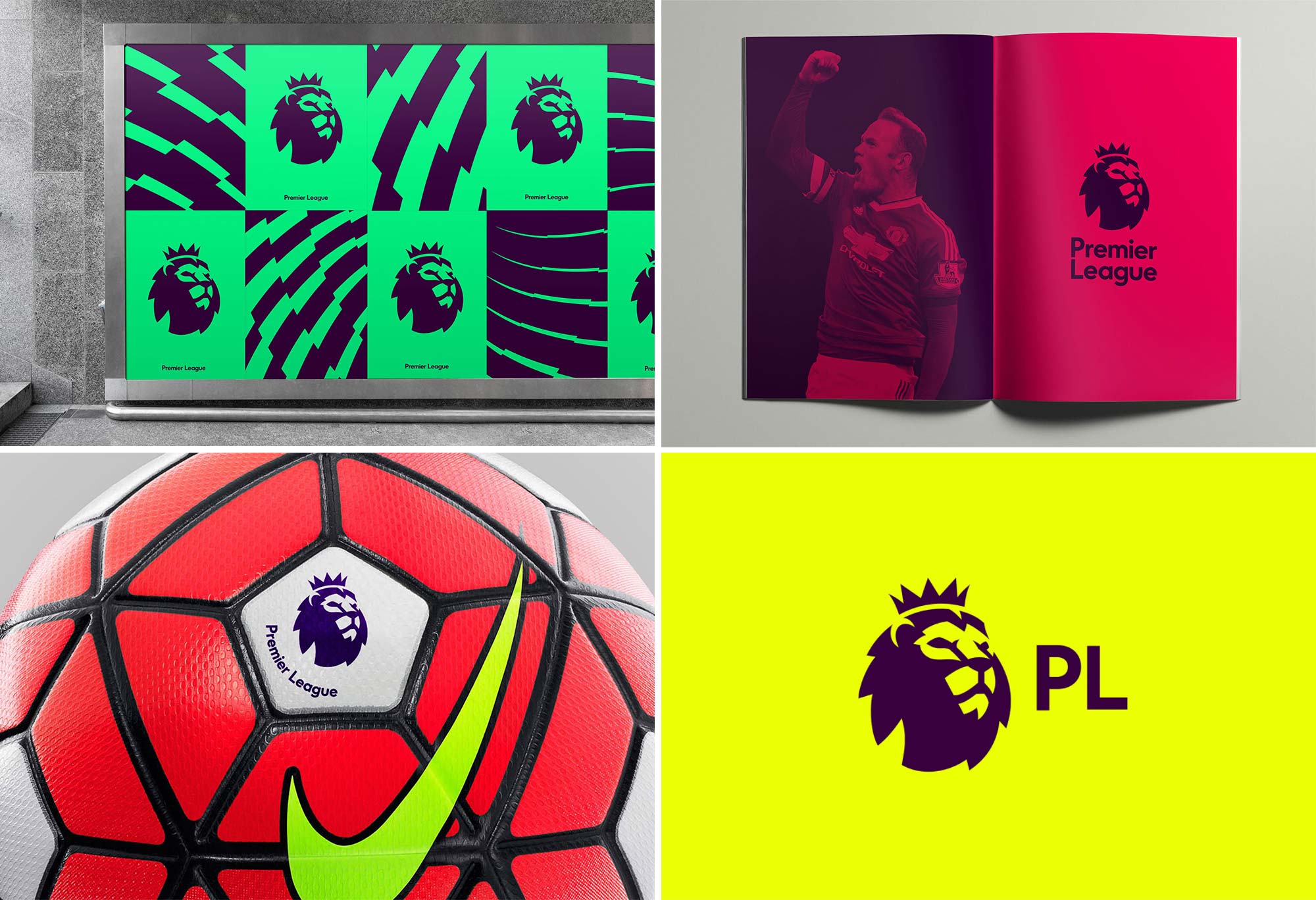
The backlash happened long before the brand launched. The media got wind of the rebrand early doors, which triggered some incredibly lazy journalism from the usual suspects. Firstly, making completely false accusations that the Premier League lion would be removed and secondly linking the story to the killing of Cecil, the famous Zimbabwean lion. Irrelevant references that aim to create controversy amongst the fans and get as many retweets as possible.

Then, when the brand did launch, DesignStudio and their new brand were trolled on social media. This is something they’re used to after the internet’s response to the airbnb brand a few years earlier, but I think they secretly enjoy this part of the process. They know that this kind of attention is inevitable with projects of this size and as I’ve mentioned —their process is so tight that any negative comments can be countered with conviction. For me, this means the branding agency have done their job well.
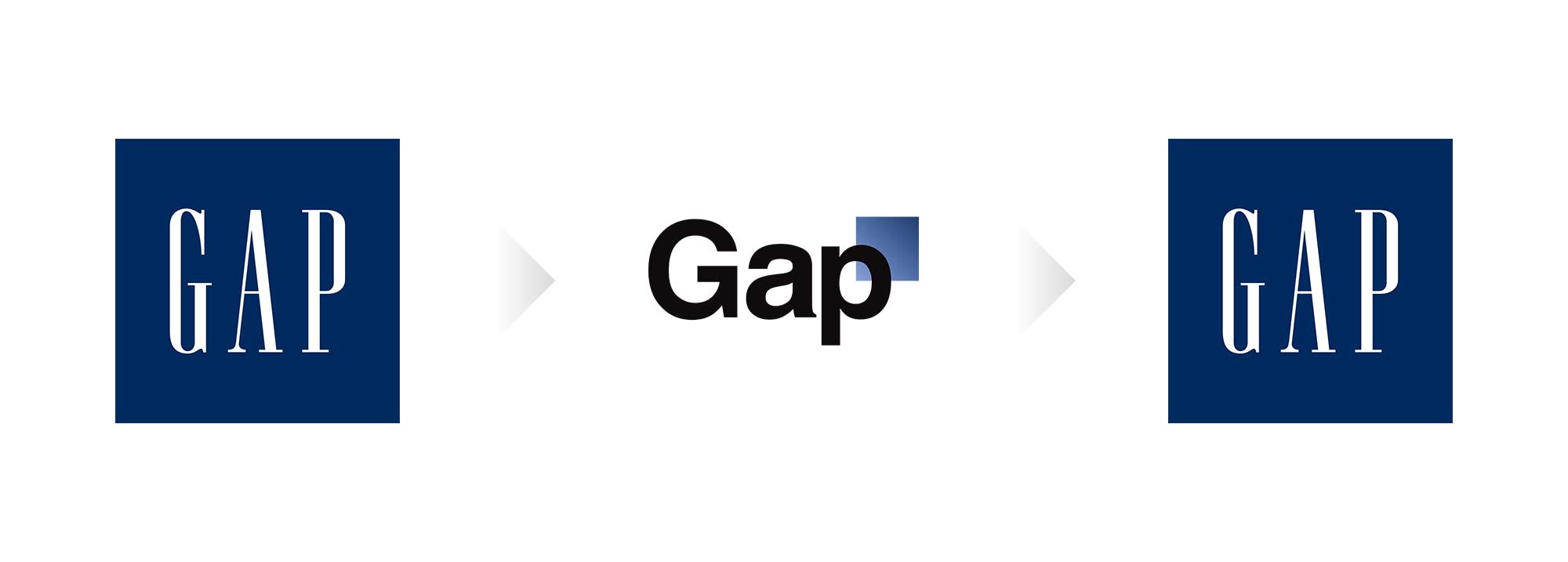
Branding projects that don’t include key discovery phases at the beginning of the project, will always be left exposed when authenticity is questioned post launch. The Gap rebrand from a few years back that was slated and then later reversed was used as a good example of a new brand that could not justify itself. This damaged the Gap brand as it showed not only a lack of credibility but a lack of conviction, effectively making them appear a little weak and unsure of themselves.
All that aside, it was fascinating seeing the stunning videos and visuals that DesignStudio put together to win the project and take the brand forward. There were countless versions of the lion’s head that lead them to the final mark. The team also got left alone with the Premier League trophy for a few hours, needless to say a few of the team lived out their childhood dreams of lifting the iconic trophy.
DesignStudio are an company we admire because of the quality of the work they put out and the process that gets them there.
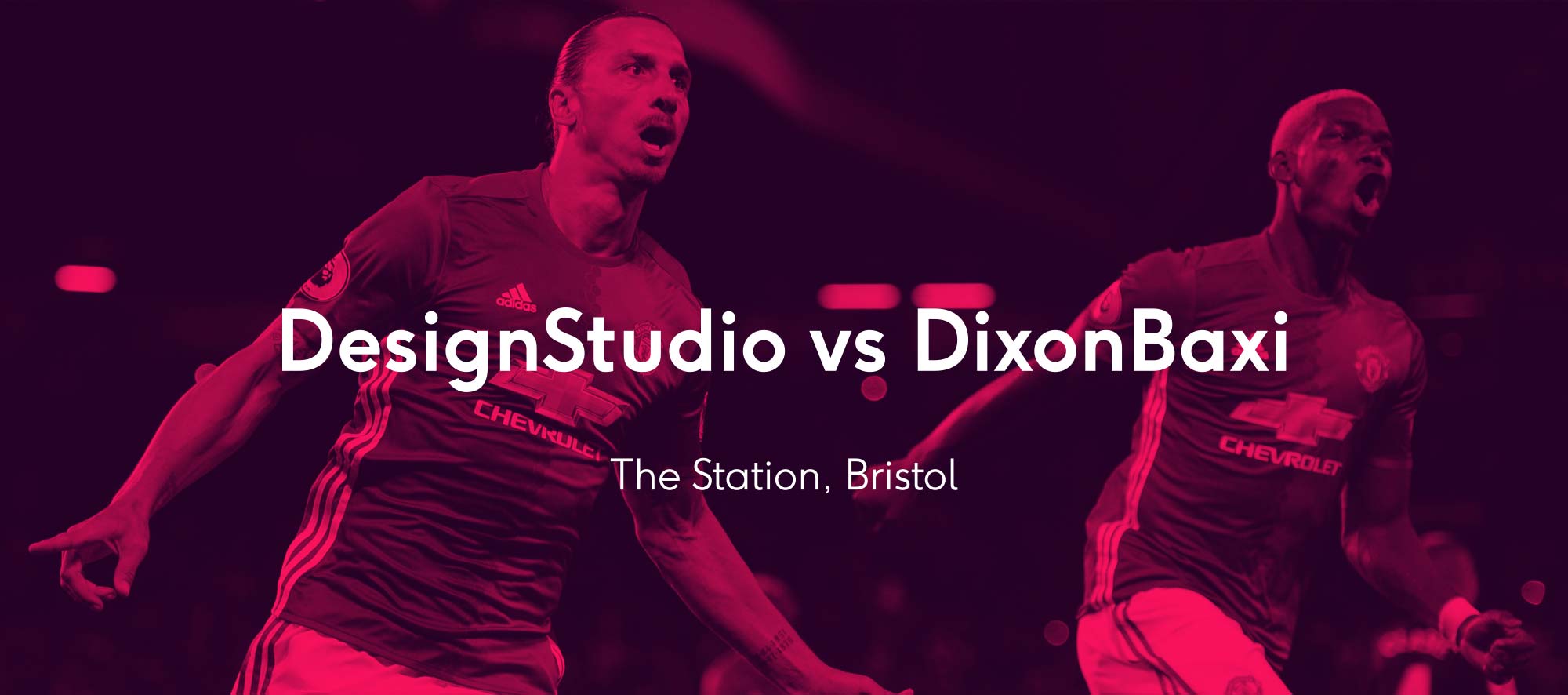
Next up, DixonBaxi.
This talk was less in line with our services, but interesting and captivating all the same. DixonBaxi were responsible for interpretating the new brand and creating a graphic system that would influence everything from TV show opening titles to the graphics you see whilst watching the match or playing FIFA 2017.
It was an incredible amount of work with so many things to consider. It had to be functional because a big part of their job was to display information in an engaging way, but it was just as important that it struck the right tone. Where DesignStudio’s role was to create a brand identity that would stand the test of time, DixonBaxi’s work could be more influenced by current trends as it is more likely to change and evolve year on year.

Heavily inspired by brand’s such as Spotify and adidas, they truly accomplished their objective of getting away from the TV football graphics we’ve become used to over the last 20 years—you know, all the shiny shit.
What really interested me about Daniel’s talk was the amount of collaboration that was involved in the project. They obviously worked very closely with the client and DesignStudio, but the project was so much bigger. They worked with the film-makers, editors and “the best music people in London.”
Trusting the experts
For a project of this scale, it takes collaboration to meet the objectives. The people responsible for the new Premier League brand have hired and no doubt put their trust in the right people—trusted them with decisions that could be seen as brave, bold and even risky. By trusting the experts, you are much more likely to create something truly brilliant and the Premier League is an excellent demonstration of just that.